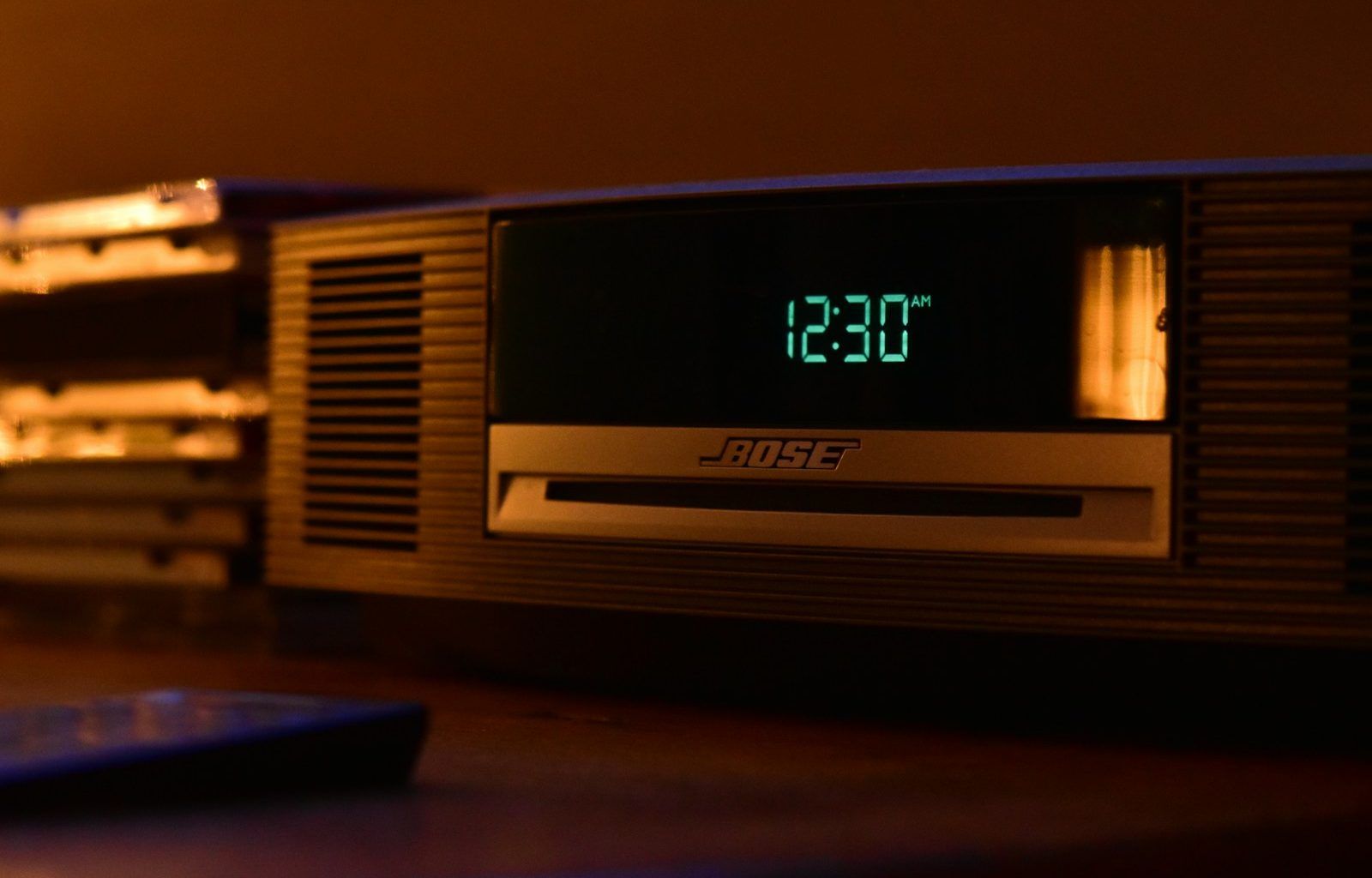Have you ever dreamed of owning your very own radio station? Maybe you want to share your passion for music, host talk shows, or create a platform for your community. Starting a radio station might seem like a big challenge, but with the right guidance, it’s absolutely doable.
In this guide, we’ll walk you through everything you need to know about how to get a radio station. From planning and licensing to setting up equipment and going live, this guide simplifies the process to make your dream a reality.
Understanding What You Want
Why Do You Want a Radio Station?
Before diving into the technical details, take a moment to think about your goals. Are you looking to create a traditional FM/AM station, or are you considering an online radio station? Your answer will shape many of the steps ahead.
If your goal is to reach a local audience, an FM or AM station might be the best fit. On the other hand, if you want to broadcast globally or have a smaller budget, an internet radio station could be the way to go.
FM, AM, or Internet: Which One is Right?
Each type of radio station has its own advantages. FM stations are great for high-quality sound and local reach, while AM stations are ideal for long-distance communication. Internet radio offers flexibility and global reach, and it’s often easier to set up.
Step 1: Researching and Planning
Learn the Basics
The first step in getting a radio station is learning how it all works. A radio station needs content, equipment, and a platform to broadcast. You’ll also need to understand how to secure a license to operate legally.
Define Your Audience
Who do you want to reach? Your audience will dictate the kind of content you create. Whether it’s music lovers, news enthusiasts, or a niche group, knowing your listeners helps you focus your efforts.
Create a Business Plan
Treat your radio station like a business. Even if it’s a passion project, a solid plan can keep you organized. Include details about your target audience, goals, estimated costs, and potential revenue streams.
Step 2: Licensing and Legal Requirements
Why Licenses Are Essential
Licenses are non-negotiable for FM and AM stations. Without one, your station could face hefty fines or be shut down entirely. In most countries, you’ll need to apply through a government agency.
Applying for a License
The application process varies depending on where you live. In the U.S., for example, the Federal Communications Commission (FCC) handles licensing. Make sure to gather all required documents and follow the instructions carefully.
For internet radio, licensing is simpler. You may need to pay royalties to broadcast copyrighted music, but you don’t need an FCC license.
Step 3: Setting Up Equipment
Essential Equipment
You don’t need a fortune to get started, but you do need some basic equipment:
- Microphones: High-quality mics are essential for clear sound.
- Mixers: These allow you to adjust volume levels and mix audio sources.
- Transmitters: If you’re creating an FM/AM station, a transmitter is a must.
- Antennas: These ensure your signal reaches your audience.
- Computers: For internet radio, a computer with streaming software is crucial.
Choosing the Right Space
Your radio station doesn’t need a fancy studio, but it should be in a quiet place. A spare room, basement, or small office can work perfectly.
Step 4: Building Your Brand
Name Your Station
Choose a name that reflects your station’s personality and mission. A catchy name can help you stand out and attract listeners.
Create a Logo and Website
A professional logo and website give your station credibility. They also make it easier for listeners to find and connect with you.
Don’t underestimate the power of social media. Platforms like Instagram, Twitter, and Facebook can help you grow your audience and keep them engaged.
Step 5: Content Creation
What Will You Broadcast?
Content is the heart of your radio station. Decide on a format, such as:
- Music: Focus on a genre or mix it up.
- Talk Shows: Discuss topics you’re passionate about.
- News: Keep your audience informed.
Build a Schedule
Listeners appreciate consistency. Create a schedule that includes regular shows, music playlists, and special events.
Step 6: Going Live
Testing Everything
Before your big launch, test your equipment and software to make sure everything works smoothly. Run trial broadcasts and fix any issues.
Launch Day
Make your launch special. Promote it on social media, invite friends and family, and consider hosting a small event to celebrate.
Step 7: Growing Your Audience
Interact with Listeners
Encourage feedback and engage with your audience through calls, social media, or live chats. Building relationships with your listeners will keep them coming back.
Collaborate with Others
Partner with local businesses, artists, or other stations to expand your reach. Collaborations can introduce your station to new audiences.
Analyze Your Performance
Use analytics tools to track your audience size and preferences. Understanding what works and what doesn’t can help you improve.
Conclusion
Getting a radio station may seem overwhelming, but with a clear plan and determination, it’s achievable. Whether you’re creating a traditional FM/AM station or an online platform, the key is to stay focused on your goals and connect with your audience.
So, why wait? Start your journey today, and soon you’ll be sharing your voice with the world.
For further reading, explore these related articles:
- Discover the World of Hip Hop Music Download: A Simple and Fun Guide
- How to Download Individual Songs on Spotify
For additional resources on music marketing and distribution, visit DMT Records Pvt. Ltd..






